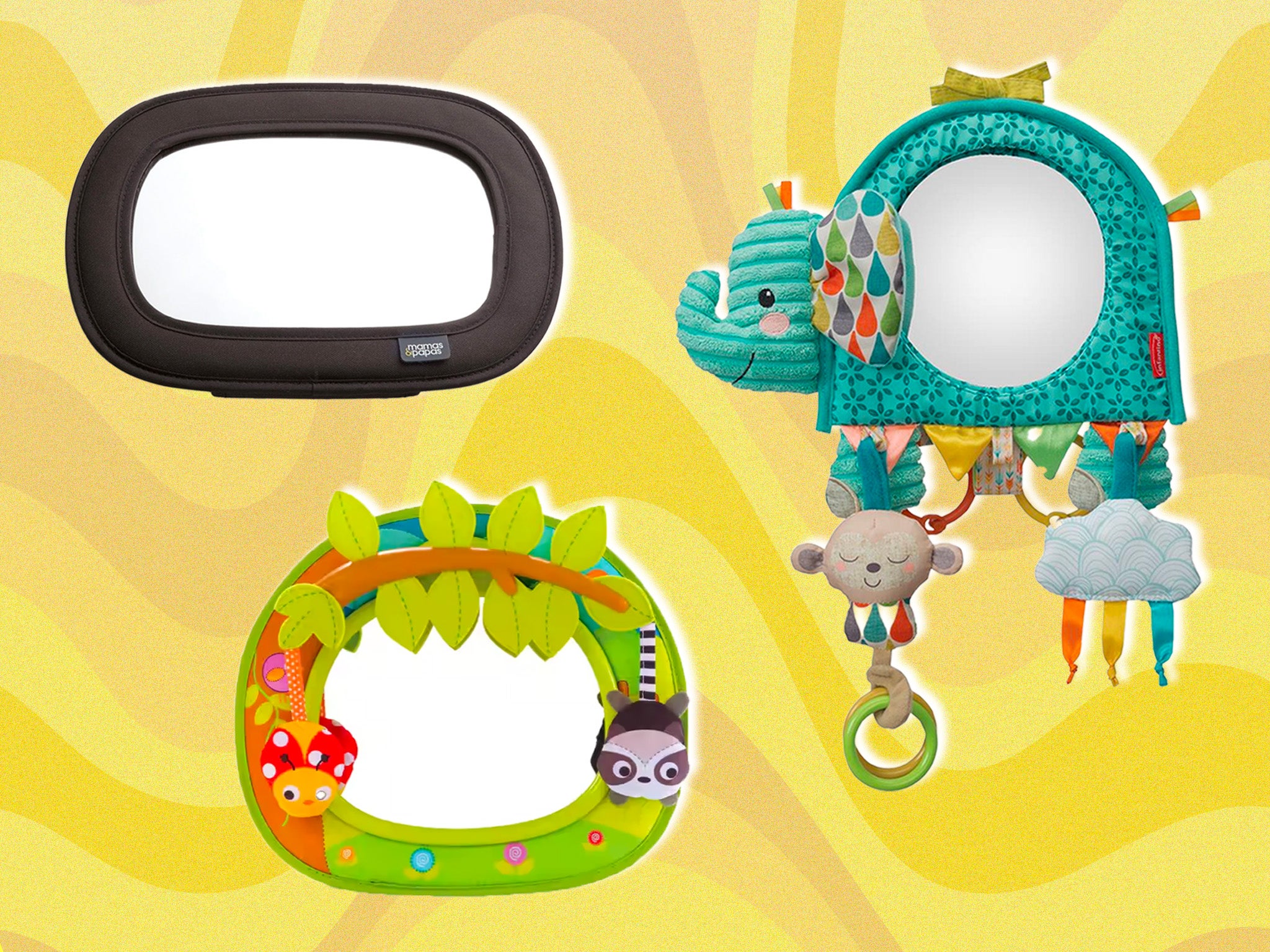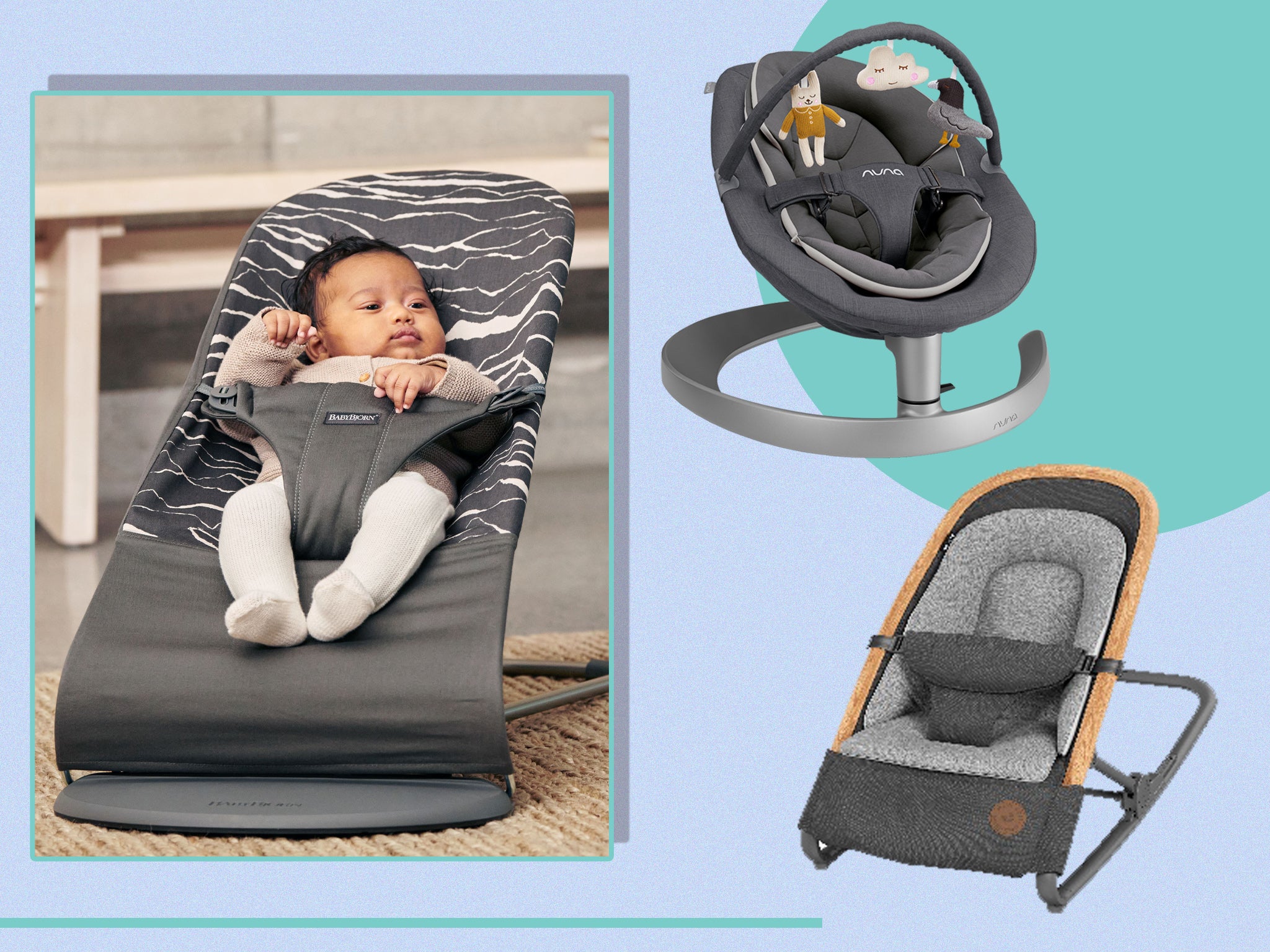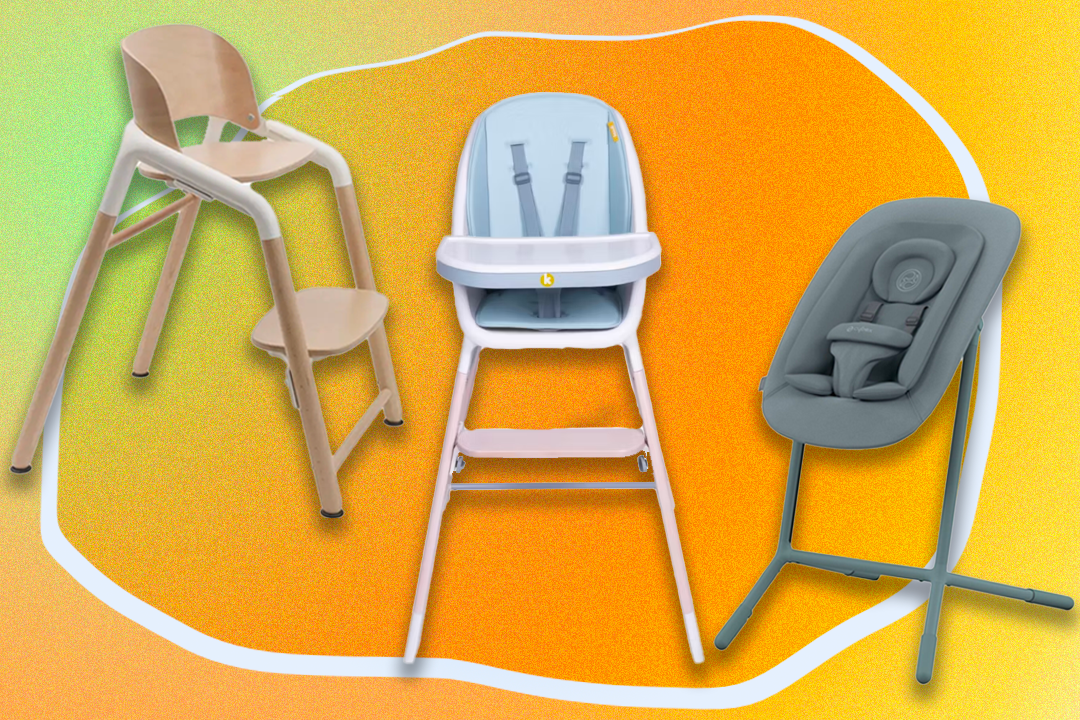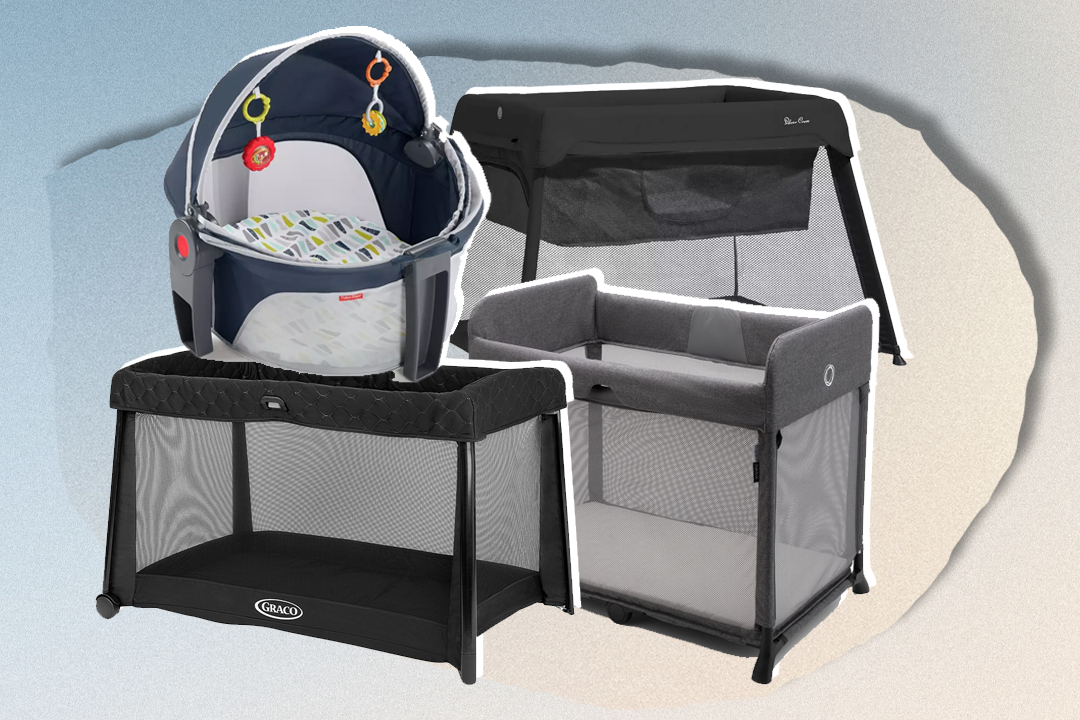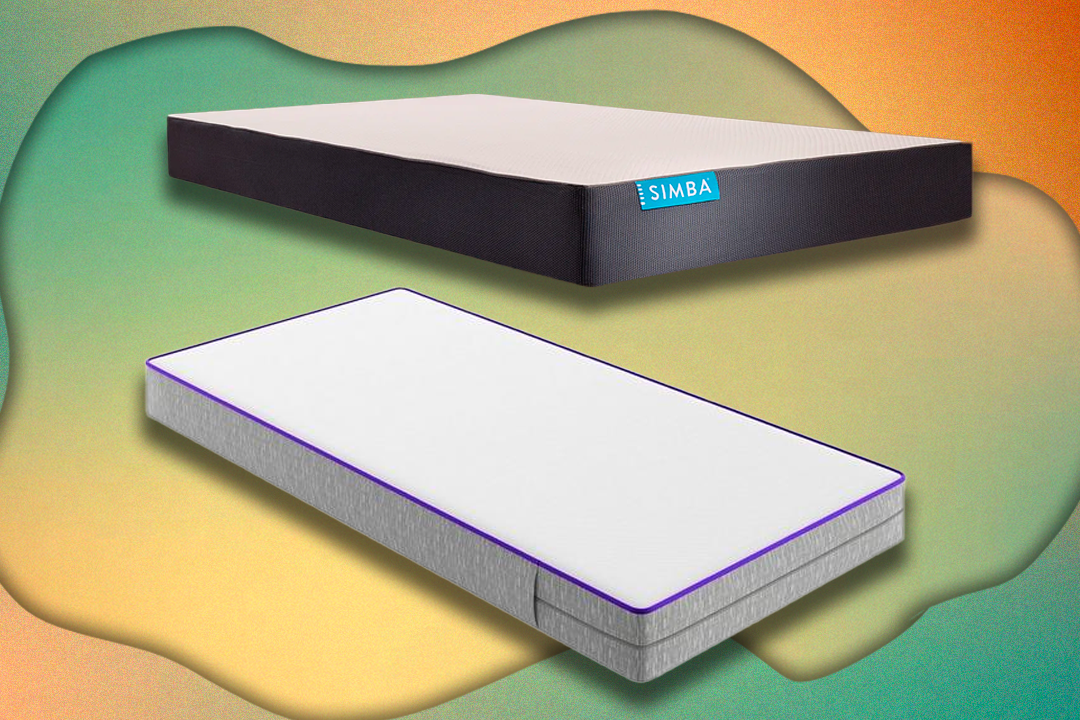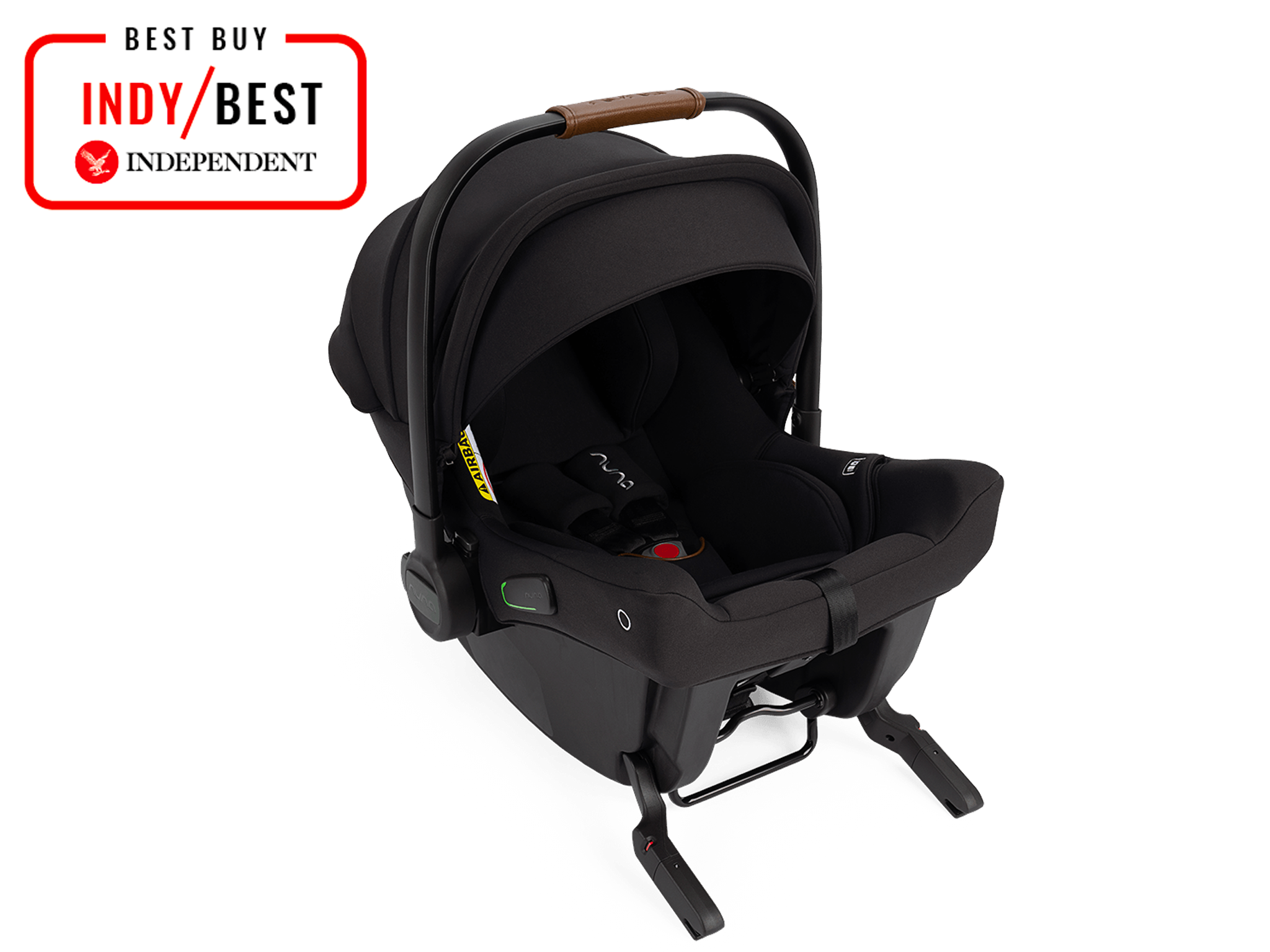
The Independent's journalism is supported by our readers. When you purchase through links on our site, we may earn commission. Why trust us?
12 best car seats to keep your child safe, secure and comfortable
While plenty of baby equipment can be bought second hand, a car seat should be brand new
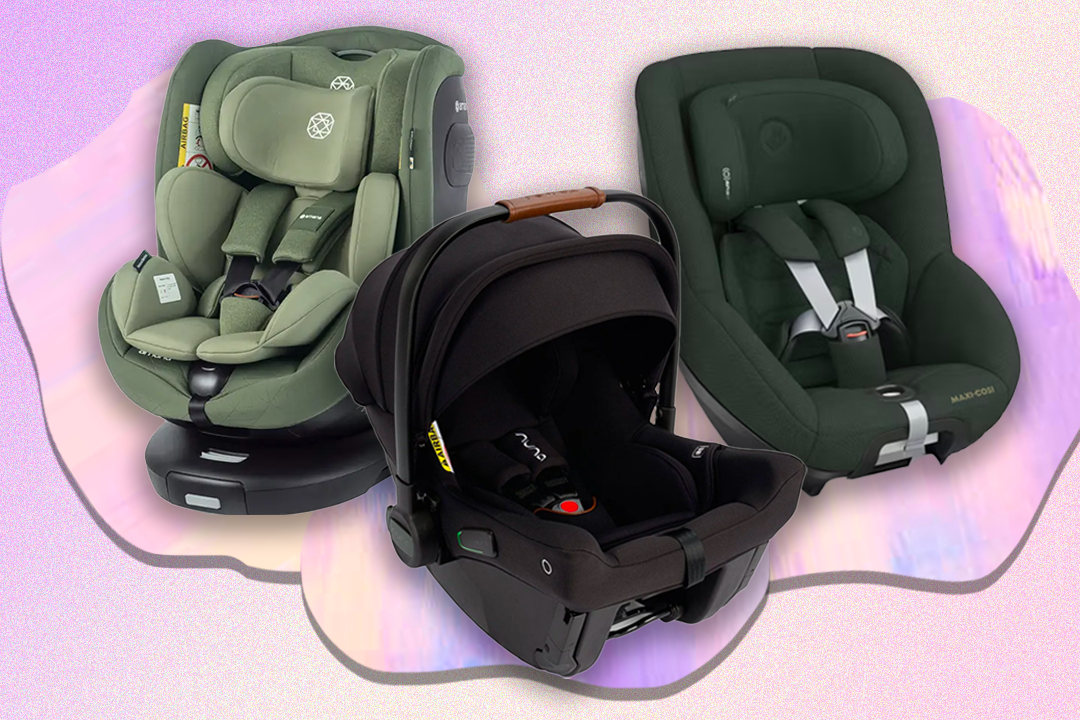
A good car seat is one of the most important – and likely one of the most expensive – purchases you’ll make once you know you’ve got a little one on the way. However, with myriad makes and models on the market and some confusing safety regulations to consider, it can be tricky to know which are the best car seats to buy.
It’s worth doing your research – after all, a car seat will be tasked with keeping your baby safe. While plenty of baby equipment can be bought second-hand, a car seat is one purchase that should be brand new, so you can be certain it’s never been in an accident (those that have been should be replaced immediately).
The best car seats are designed to absorb shock, in case of a crash, and to hold your baby snugly but comfortably in place while you’re driving. They’re also required by law – in the UK, children must use a car seat until they’re 12 years old or 135cm tall, whichever comes first. Car seats must be rear-facing until your child is over 15 months old – after that, they can be forward-facing.
Only EU-approved height-based or weight-based child car seats can be used in the UK. Height-based car seats have a label showing a capital ‘E’ in a circle and ‘R129’. Weight-based car seats have a label showing a capital ‘E’ in a circle and ‘ECE R44’. The height-based R129 (also referred to as iSize) is considered the safest.
Don’t forget to check if your new seat fits in your car, too. Manufacturers usually have fitting lists on their websites, so you can check the seat you like is compatible with your make and model. Car seats can either be installed using a seat belt or Isofix. The former will work in any car with a three-point belt, while Isofix car seats have anchoring points on their base, which fix into the anchorage points inside a compatible car. All cars made after 2011 have Isofix.
To help you with your search, we’ve rounded up some of the best car seats on the market.
How we tested the best car seats

We got our six-month-old and two-year-old testers to put each car seat through their paces. We paid close attention to comfort and durability while comparing each car seat for ease of installation and adjustability. Keep reading to find out which ones deserve a spot in your family car.
The best car seats for 2024 are:
- Best car seat overall – Nuna pipa urbn car seat: £235, Mamasandpapas.com
- Best budget car seat for older children – Halfords group 1/2/3 child car seat: £52, Halfords.com
- Best budget car seat for babies – Joie Stages group 0+ car seat: £99.99, Boots.com
- Best car seat for newborns – Doona i car seat and stroller: £399.99, Doona.shop
- Best multi-child seat – Multimac car seats: £1,599, Multimac.com
Nuna pipa urbn car seat

- Best: Car seat overall
- Attachment: Isofix
- Regulations: R129
- Age range: Height 40-75cm, weight up to 13kg
- Colours: Black
- Why we love it
- Easy to pop in and out
- Lightweight and intuitive to use
- High quality and environmentally friendly materials
This clever design uses Isofix but doesn’t require a base, so it’s very safe but can also be popped in and out of taxis or a grandparent’s car when needed. At 3.3kg, the Pipa urbn was one of the lighter seats we tested, and it’s an intuitive and quick process to remove it from the car and transfer it to a Nuna pushchair when you’re on the go.
We loved the attached canopy and drape that helped cover up baby for nap time. The Merino wool-lined headrest was one of the poshest on test, too. This was one of the only seats we tested that’s constructed with environmentally friendly fabrics, so it’s a more eco-conscious pick than most.
Halfords group 1/2/3 child car seat
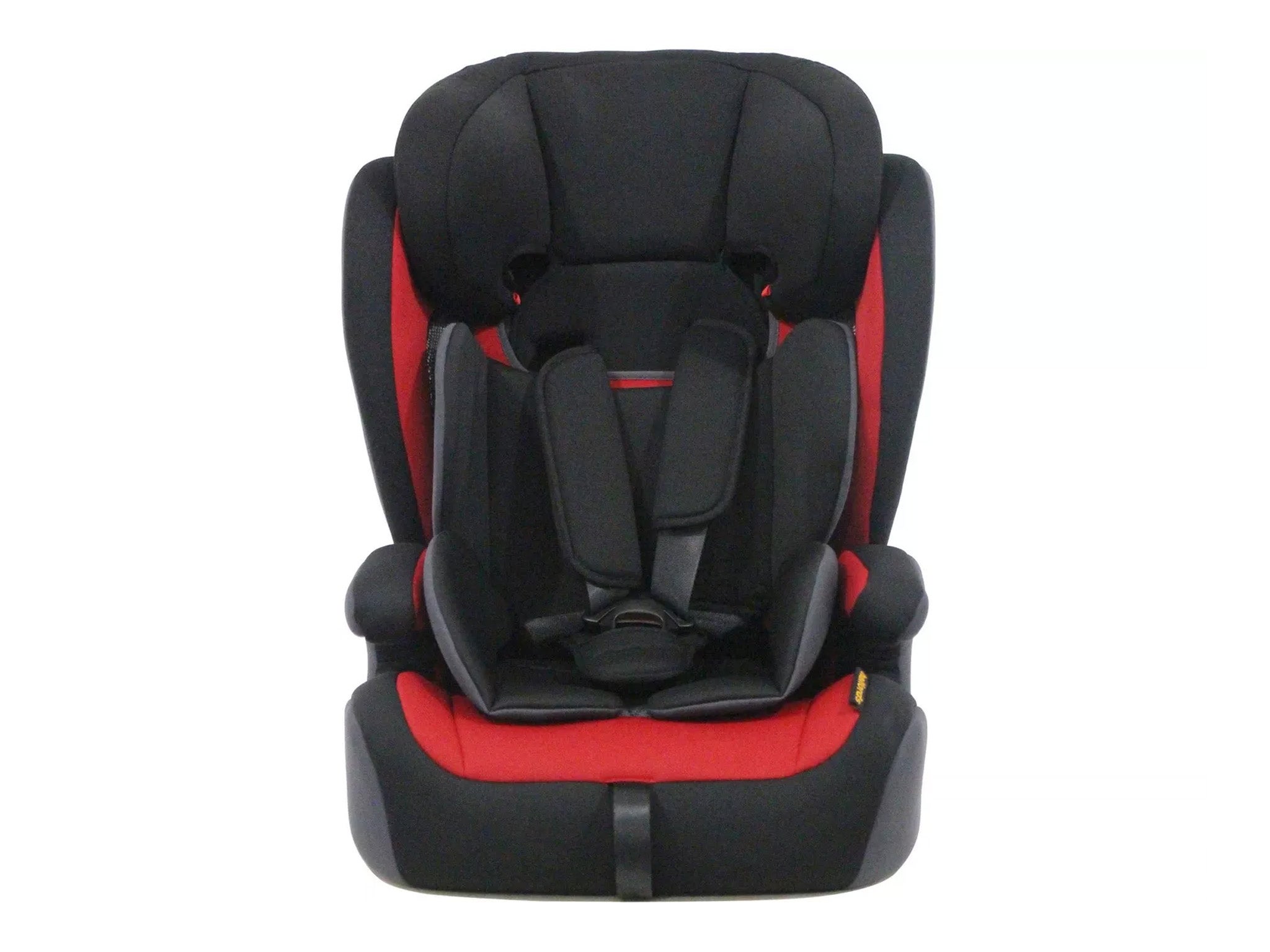
- Best: Budget seat for older children
- Attachment: Seat belt
- Regulations: R44
- Age range: 15 months to 12 years (up to 135cm in height)
- Colours: Black/red
- Why we love it
- Comfy
- Adjustable headrest
- Take note
- Doesn’t have much side protection
A car seat for less than £60 that can be used until your baby is 12? Halfords has managed it with this affordable but safe seat belt car seat for little ones aged over 15 months. While it doesn’t have much side protection, it does include a five-point harness and is R44 safety certified. The seat is comfy and padded and the headrest is adjustable. Halfords also offers free demos in fitting car seats, before you take your new purchase home.
Joie Stages group 0+ car seat

- Best: Budget car seat for babies
- Attachment: Seat belt
- Regulations: R44
- Age range: From birth to seven years (up to 25kg)
- Colours: Black
- Why we love it
- Comfy and adjustable
- Easy to wash
- Take note
- A little fiddly
Joie’s pleasingly well-padded seat can be used from day one, with a newborn insert, and we liked the quick-to-adjust headrest and harness. There’s good side protection and four reclining positions, too.
We did find adjusting the seatbelt to secure the seat a bit fiddly, and we don’t think this model would be roomy enough to go up to seven years (as advertised), but for babies and toddlers, this is a well-made yet affordable option you can use from day one. The removable cover is easy to wash, too.
Doona i car seat and stroller
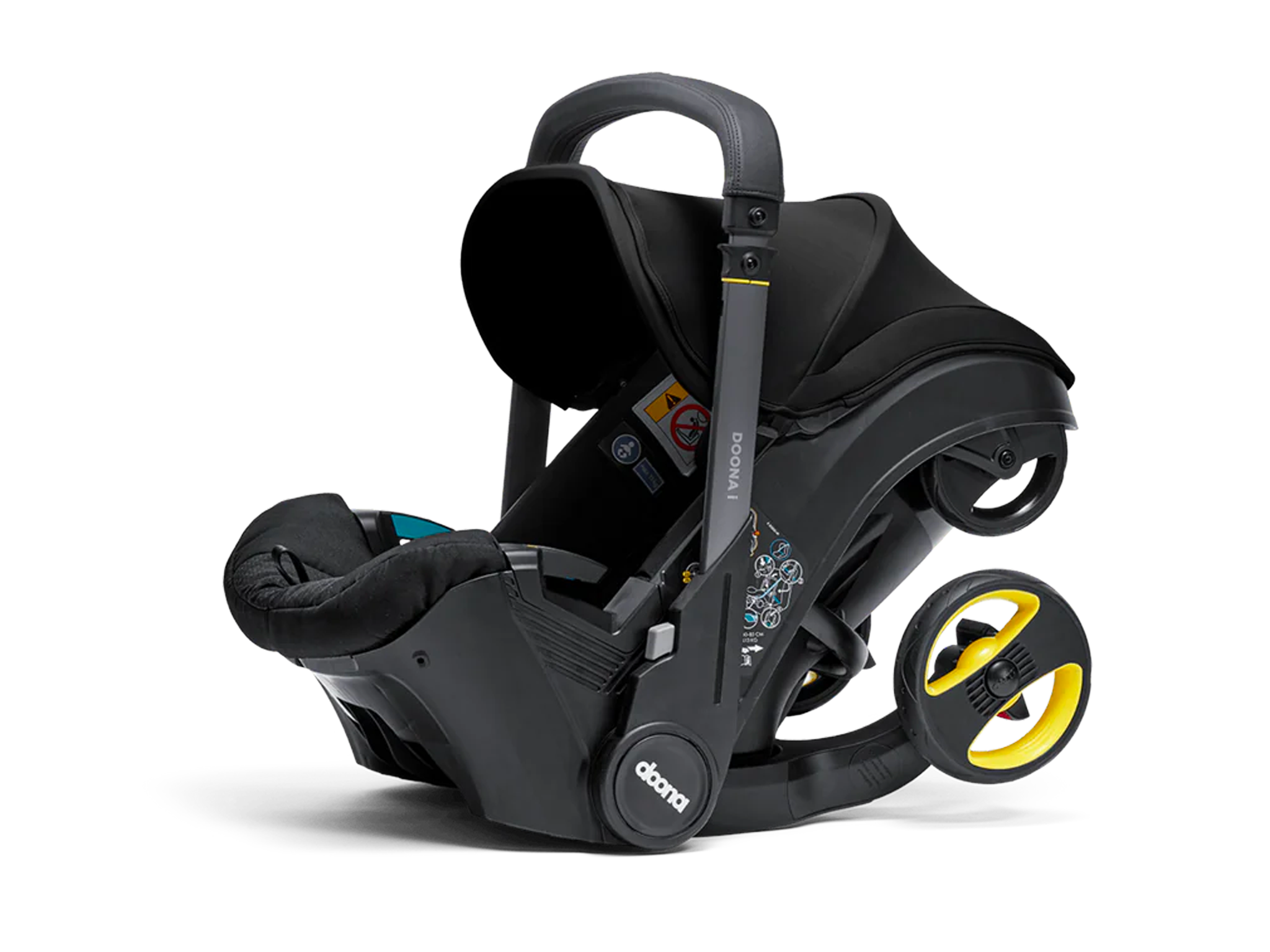
- Best: Car seat for newborns
- Attachment: Seat belt or Isofix
- Regualtions: R129
- Age range: Newborn up to 13kg
- Colours: Desert green, Sahara sand, nitro black
- Why we love it
- Great safety and comfort features
- Enables quick and easy transition from car seat to stroller
- Easy to clean
- Sleek design
- Take note
- Baby sits quite low, meaning you’ll be bending down a lot
The Doona i is an updated version of the incredibly popular Doona + model from this award-winning brand, and what makes it such a great investment is the fact that it also doubles up as a stroller. Essentially, a car seat on wheels, the clever contraption means you can take your little one from the car and out into the world seamlessly, without having to disturb them.
There have been a number of updates to the design of the car seat. Excelling in safety, the i version meets rigorous car seat and stroller standards and is also R129 certified, while the previous Doona is based on the R44 standard. The Doona i now comes with an SIP (Side Impact Protection) add-on for enhanced impact protection and we also love that the adjustable handlebar also acts as an anti-rebound bar inside the car, giving you added peace of mind.
Similarly, the harness on the Doona i has been upgraded to an integrated version to meet the latest regulations, instead of the manual rethread harness that you’ll find in the original Doona +. The harness is also connected to the adjustable headrest, which allows for easy height adjustment
Other new features we found make a real difference to the overall practicality of the seat are the new sleek handlebar design that’s finished in a smooth faux leather which doesn’t irritate your hands on long walks, and the new four quick-release wheels (instead of only two on the Doona +), which allows you to move from car seat to stroller in a matter of seconds.
Our only niggle is that baby sits low down when you convert the seat to the stroller base, so, you’ll be bending down frequently. However, the good news is that the handlebar on the i version extends to 102cm (the Doona + extends to 99cm), so this is an improvement.
Maxi Cosi pearl 360 pro

- Best: Toddler car seat
- Attachment: Isofix
- Regulations: R129
- Age range: Three months to four years old
- Colours: Green, black, blue, graphite, brown and grey
- Why we love it
- Swivels
- Breathable recycled material
Maxi Cosi’s 360 range is popular for good reason – these swivelling designs are easy to click in and out of the Isofix base and can be turned one-handed, which is very helpful when you’re bundling an energetic older baby in and out of the car.
When your little one grows out of the 0-15 months pebble seat, the pearl pro should last them comfortably until they’re four years old. With five different positions for nap time, the seat is made with breathable, recycled fabric that’s soft and comfy – ideal for long car journeys.
Avionaut pixel pro 2.0
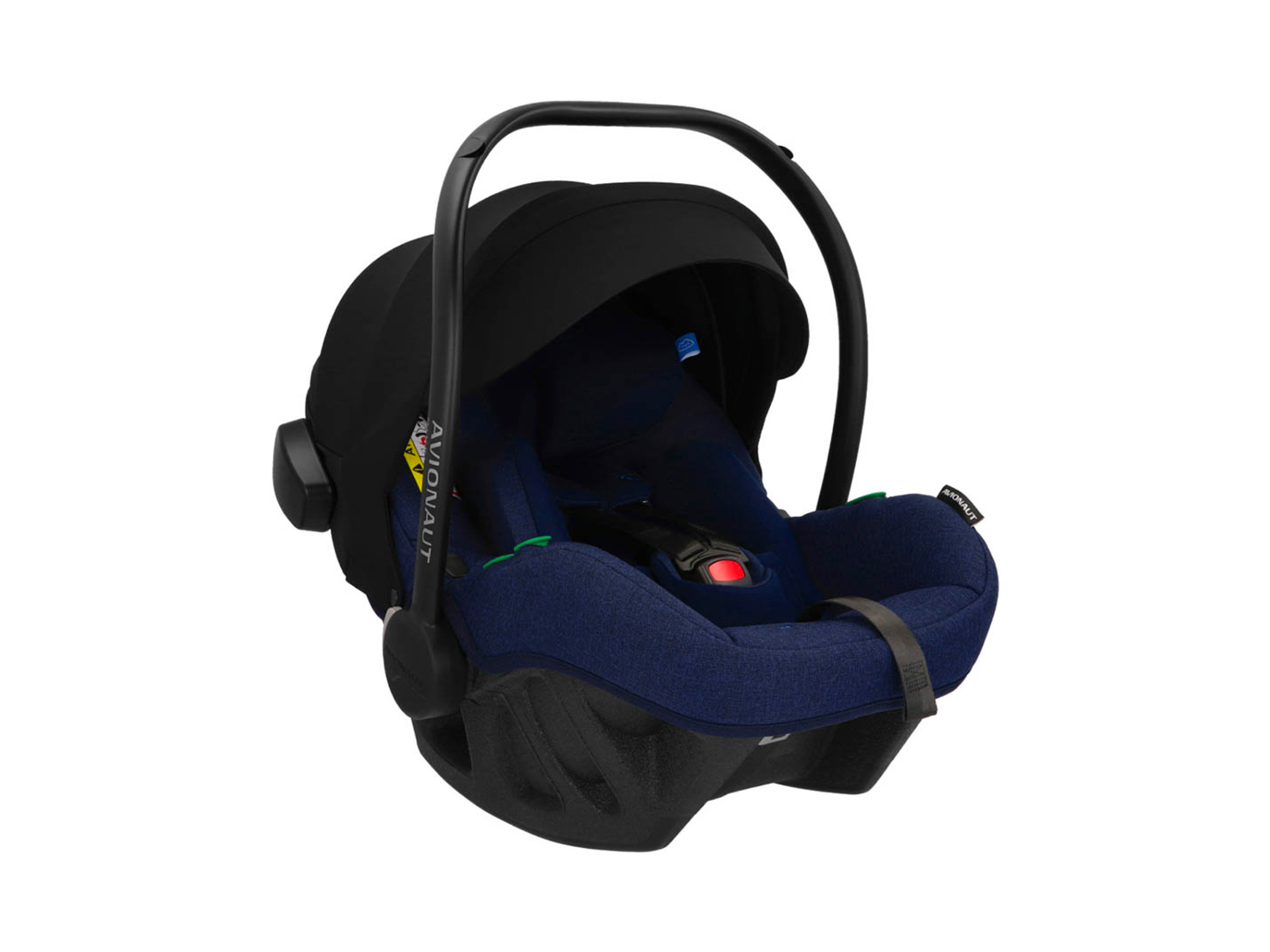
- Best: Lightweight car seat
- Attachments: Seat belt or Isofix
- Regulations: R129
- Age range: Weight 0-13kg or height 40-86cm
- Colours: White, grey, black, blue, pink and pale blue
- Why we love it
- Super lightweight
- Snuggly memory foam
- Take note
- Limited size range
Avionaut reckons the pixel pro 2.0 is the world’s lightest car seat. At 2.5kg, it’s certainly noticeably lighter and easier to carry around than the other seats we tested, which really does make a difference if you’re popping your little one in and out of the car most days, and it’s definitely a good choice if you need to avoid any heavy lifting postpartum.
There’s a good adjustable canopy and super-snug insert made with memory foam, to make your baby’s ride as comfy as possible. The size range is on the limited side – the pixel pro will only suit infants up to around one year old.
Multimac car seats
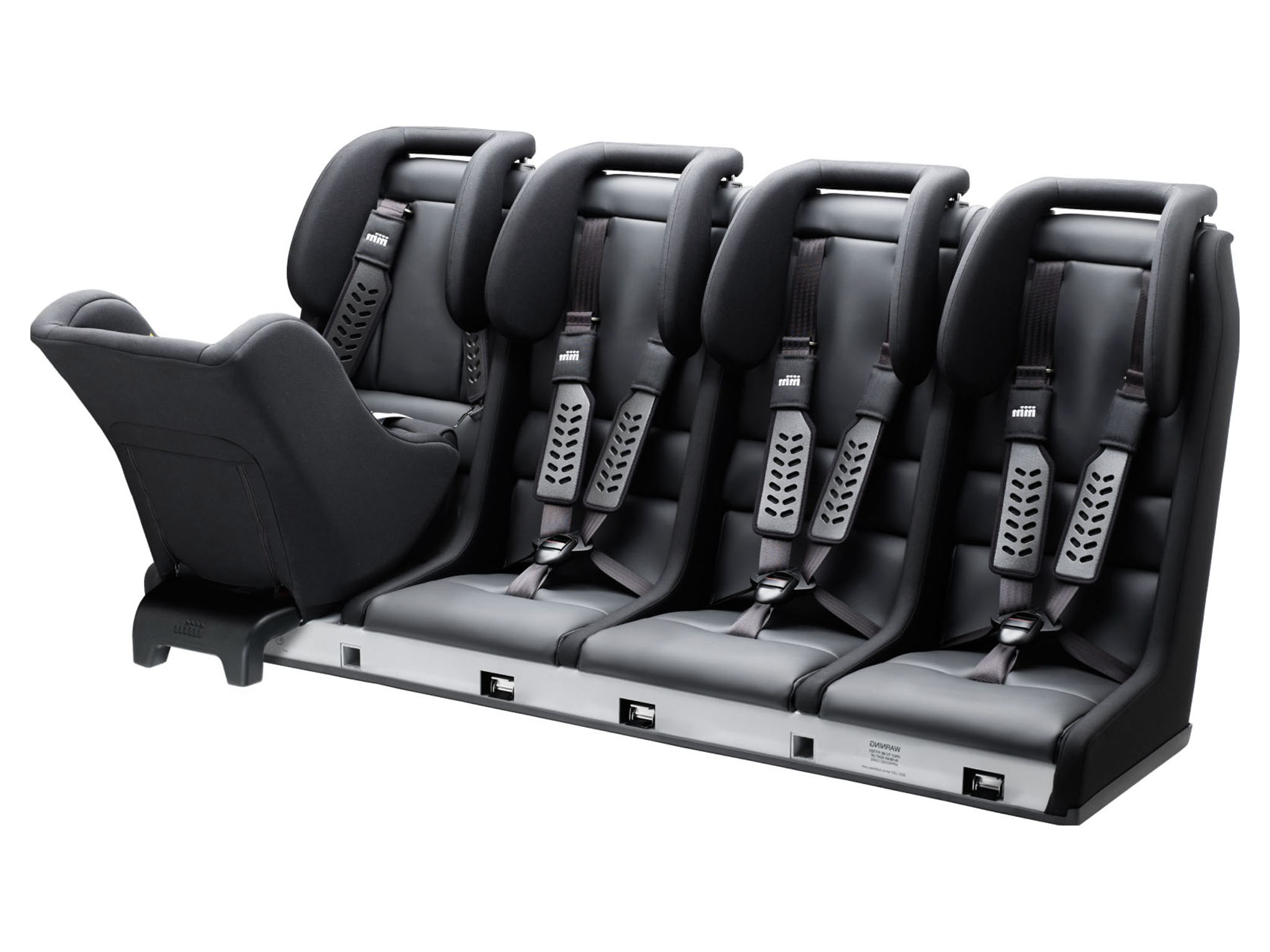
- Best: Multi-child car seat
- Attachments: Fitting kit, which requires installation
- Regulations: R129
- Age range: From birth to 12 years old
- Colours: Black and grey
- Why we love it
- Super customisable
- Great for those with lots of little ones
- Easy to remove
- Take note
- Might be better off getting it installed by a professional
- Expensive
If you’ve got lots of kids or are transporting their cousins or friends, too, this innovative multi-seated car seat can be shared by up to four children (from birth to 12 years old) in your vehicle’s back seat. It means families with small cars can easily fit four children in a row without having to upgrade to a seven-seater vehicle. Multimac has now passed its R129 test, so, it meets standard safety regulations, and is also easy to remove – although, you’re best off getting someone who knows how to fit it to install it for you.
Axkid minikid 4 car seat
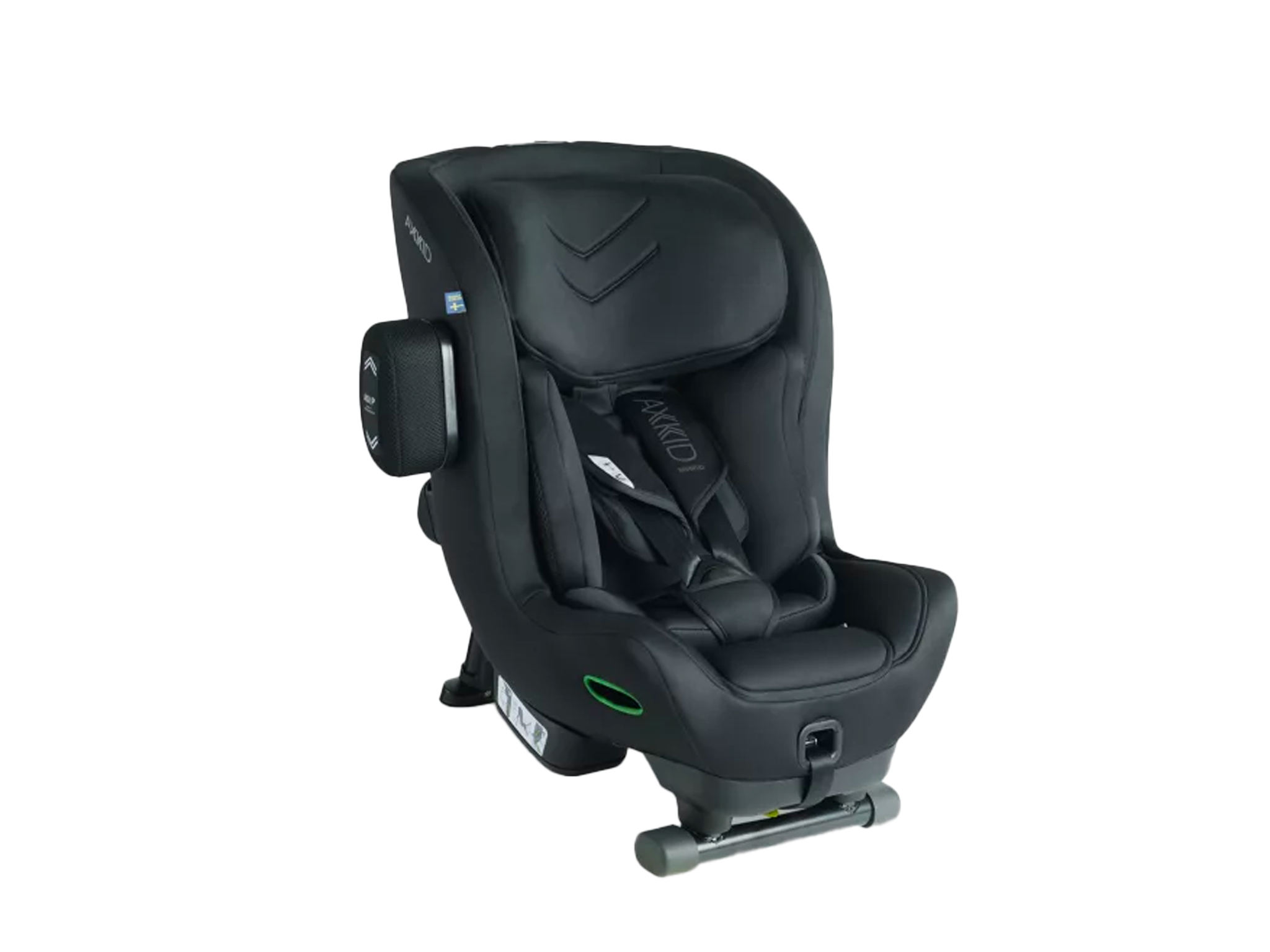
- Best: For seat belt design
- Attachment: Seat belt
- Regulations: R129
- Age range: Up to 7 years
- Colours: Black, grey, creme and red
- Why we love it
- Easily installed
- Grows with your baby
- Super safe seat belt
- Take note
- No newborn option
- On the pricier side
If you don’t want to faff about with a different car seat every few years, Axkid’s Minikid is a great choice. Although it’s at the pricier end of the scale, this design should last your family for years – adjust the headrest to 14 positions and swap to a toddler cushion as your baby grows and you can use it until your little one is seven.
This capacious seat is easily installed using a seatbelt and passes the Swedish Plus safety test, which goes above and beyond the R129 and is said to be one of the toughest crash tests out there. There’s no newborn option, though, so, you’ll need to wait until your baby is over 60cm tall (at around four months) to get going with this option.
Inglesina Darwin next stage car seat

- Best: Travel system
- Attachment: Isofix
- Regulations: R129
- Age range: 1-4 years
- Colour: Light grey, dark grey, black
- Why we love it
- Back and forward facing
- Super comfy and padded
Car seats with an Isofix base can be a sensible choice if you don’t mind being loyal to a specific brand – once your small person outgrows their infant seat, you can swap it out for a larger toddler design that fits onto the same base. If you go for the swivel-happy Darwin 360, you can size up to the Darwin next stage.
This is a great all-rounder that can face rearwards and forwards and is suitable until your little one is four years old. This comfy seat can be reclined and has lots of padding. We also like the rain cover and mosquito net for international travel.
Ickle Bubba radial 360 spin car seat
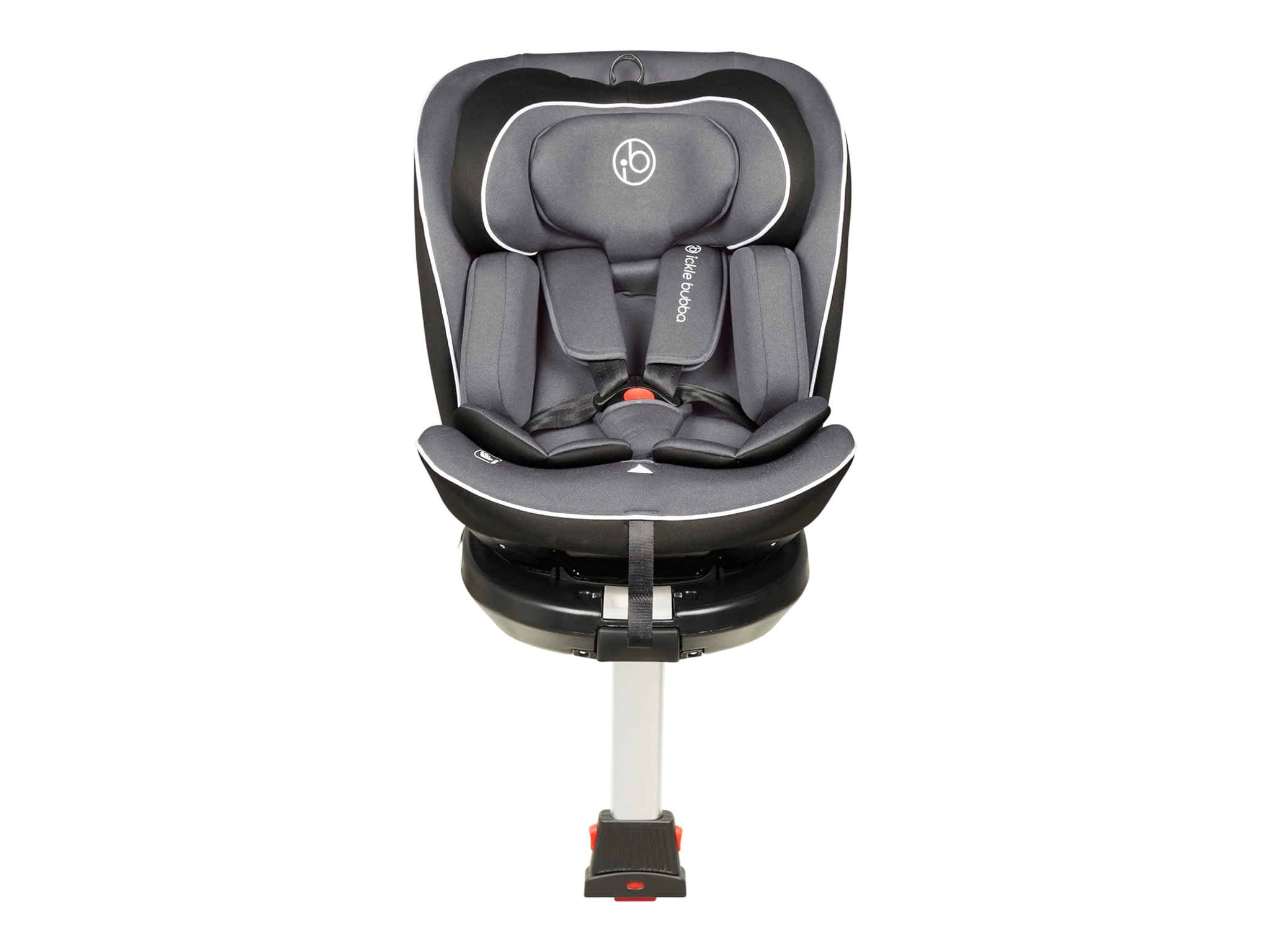
- Best: Car seat for less than £200
- Attachment: Isofix
- Regulations: R129
- Age range: From birth to 12 years
- Colours: Dark grey
- Why we love it
- Great price
- Could last you a lifetime
- Take note
- Could be a little snug when little ones hit four or five
Car seats can be painfully expensive but Ickle Bubba’s radial proves you can pick up a safe and pleasingly easy to use Isofix design for less than £200. This swivelling design can be fully rotated and can be used until your child is 12 years old, by adjusting the backrest – although, we reckon little ones over the age of four or five would feel restricted.
We found the Isofix base simple to install and liked that baby can be rear-facing until they’re four. A great affordable choice or a good spare seat for a second car.
BeSafe stretch B car seat
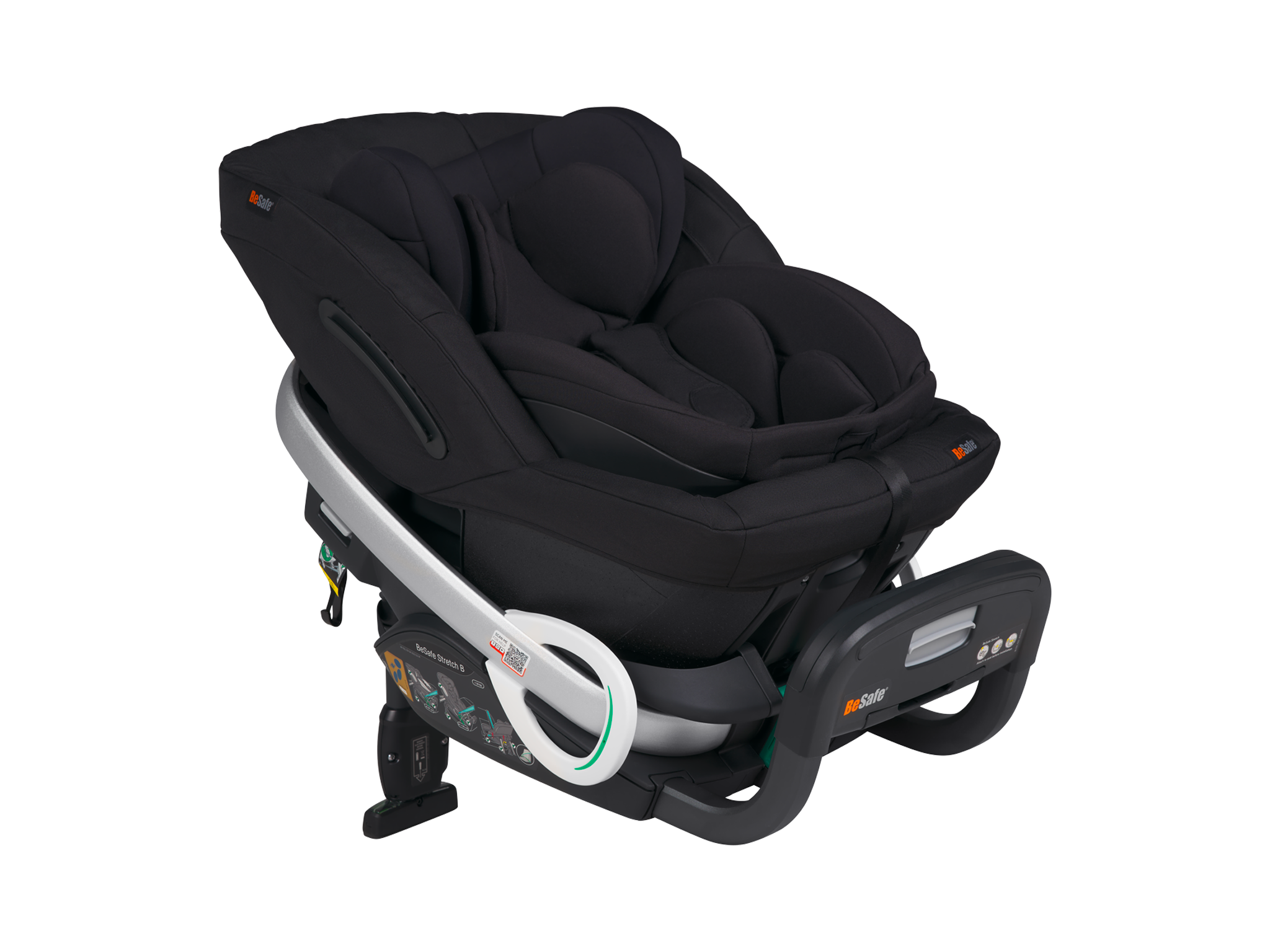
- Best: All-in-one seat
- Attachment: Seat belt
- Regulations: R129
- Age range: From birth to seven years (up to 125cm or 36kg)
- Colours: Black and grey
- Why we love it
- Passes the Swedish Plus safety test
- Grows with your baby
If you’re shopping for a seat belt car seat rather than an Isofix design, we really rate BeSafe’s stretch B. As the name suggests, this Scandi brand is all about keeping small people secure. The rear-facing stretch B will fit your mini-me from birth all the way until they’re seven. It also passes the Swedish Plus safety test. When putting the stretch B through its paces, we liked the cute ‘newborn hugger’ insert for brand-new babies and the clever headrest and legroom, which can be adjusted as your child grows.
Amana Siena twist+ car seat

- Best: Value for money car seat
- Attachment: Isofix
- Regulations: R129
- Age rage: From birth to 12 years
- Colours: Grey, black and green
- Why we love it
- Looks great
- Breathable bamboo material
- Take note
- Quite heavy
The Siena twist is another design that ticks a lot of boxes – it swivels and it can be used both rearwards and forwards. There are some other nice design nods here, too, including a headrest made from breathable bamboo fibre.
A newborn inlay is included, so you can use this seat from birth, and a five-point harness will keep baby secure. The sage green colourway is rather smart, too. However, at 13kg, this is a heavy seat to carry, even without a baby in it.
Car seats FAQs
Fran Vaughan, managing director of Ickle Bubba, answered our questions:
Car seat safety standards explained
Car seats used in the UK must adhere to two standards: ECE R129, which is the latest regulation, or ECE R44. Car seats that adhere to ECE R129 are called iSize seats. These seats are fitted against your child’s height and ensure children are rear-facing until they’re 15 months old. Rear-facing travel is optimal for babies and children because it offers more protection for their necks if a collision does occur. All iSize seats have Isofix as standard and have side-impact collision testing as part of the approval process.
ECE R44 seats are fitted based on your child’s weight. Many allow your child to face forward from 10 months, and some allow you to fit the seat using just a seat belt. This is handy if your car doesn’t have Isofix fixings. These seats aren’t required to have side-impact collision testing as standard.
What is Isofix?
Isofix is a way for a car seat to be secured into your car. It’s designed to make fitting the seat easy, as research shows many older car seats are fitted incorrectly, which makes the seat unsafe. Car seats with Isofix have connectors that come out of the back of the seat and slide into your car’s Isofix fitting points. Many seats then have a green indicator or lights (usually in the base) to let you know the seat is securely fitted in place. Isofix anchors the car seat to the chassis of the car, locking it in place more securely than if you were to use just a seat belt. Often an additional top tether or support leg is then used to stop the seat tipping forward.
How do I know when my child is too big for their car seat?
Figuring out when your child is ready for the next size of car seat is relatively straightforward. With iSize seats, it’s based on height:
- iSize baby – suitable from birth to 85cm (this tends to be around 15-18 months)
- iSize baby and toddler – suitable from birth to 105cm (this is around four years of age)
- iSize toddler – suitable from 65cm to 105cm (around 15 months to four years)
- iSize child – suitable from 100cm to 135cm (around four years to 12 years of age, when they aren’t required to travel in a seat any more)
For the R44 seats, seat sizes are based on weight and go up in groups:
- Group 0/0+ – suitable from birth to 13kg (up to about 15 months)
- Group 0+/1 – suitable from birth to 18kg (up to about four years)
- Group 0+/1/2 – suitable from birth to 25kg (up to around seven years)
- Group 1 – suitable from 9kg up to 18kg (from about nine months to four years)
- Group 1/2/3 – suitable from 9kg up to 36kg (from about nine months to 12 years of age)
- Group 2/3 – suitable from 15kg to 36kg (from about nine months to 12 years of age)
- Group 3 – suitable from 22kg to 36kg (from about five years to 12 years of age)
Your child may not fit the seat based on their age. It really depends on their weight or height, so it’s important to measure or weigh your child to check.
Multi-group seats are great for those who have different aged children using the seat, such as childminders or grandparents.
Why are car seats for babies rear-facing?
It’s generally much safer. When babies are sitting in a rear-facing car seat, the shell acts as a protective shield and absorbs any force, should there be an accident. As a result, the impact would spread over the whole area of the child's back, neck and head, putting significantly less strain solely on the baby’s neck.
What age should kids start to sit forward-facing?
Legally, kids should only turn forward-facing once they weigh 9kg. At this stage, they will sometimes require a new car seat, depending on the model. However, many studies have recommended that children should stay rear-facing for longer than the legal requirement and, in some cases, up to four years old.
Will I need a base to fit the seat into my car?
When it comes to safety testing, car seats in the UK have to conform to one of two standards: ECE R129 is the newest European-wide regulation, known as iSize. This runs alongside the existing ECE R44 regulation, and parents can choose to use either seat type.
iSize uses your child’s height for fitting. For a car seat to be iSize compatible, it must be used with an Isofix base. Other car seats that fall under the ECE R44 regulation are split into groups based on weight, and don’t need a base.
What tips do you have for buying car seats at the various different stages?
Monitor the weight and height of your child regularly, to ensure you are using the correct car seat. Don’t rely on visual indicators only.
What’s the most important thing to look for in a child’s car seat?
Check that it meets ECE safety standards. A sticker is normally located on the car seat to indicate this. Also, make sure the car seat is compatible with your vehicle. Most are universal fitting, but it's best to check before you purchase.
The verdict: Car seats
Our top pick for new babies is Nuna’s beautifully made pipa urbn – we loved the design and the fact it doesn’t require a separate base. Meanwhile, Maxi Cosi’s easy-swivel pearl 360 pro stands out for toddlers and should keep them comfy even during longer journeys. If you want just one seat to see you through early childhood, try BeSafe’s stretch B, with its adjustable headrest. It’s passed the rigorous Swedish Plus safety test, too.
Want more recommendations? Check out our guide to the best baby carriers
Voucher Codes







